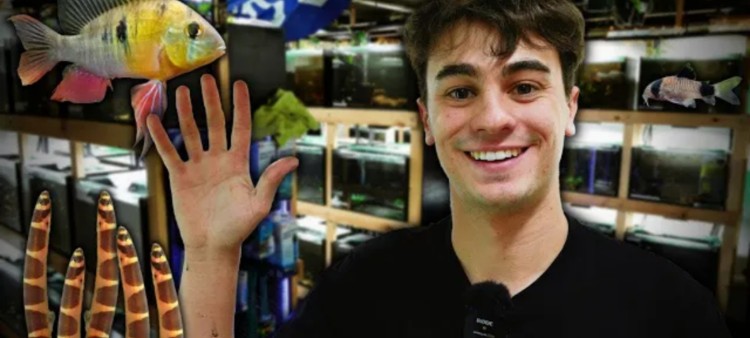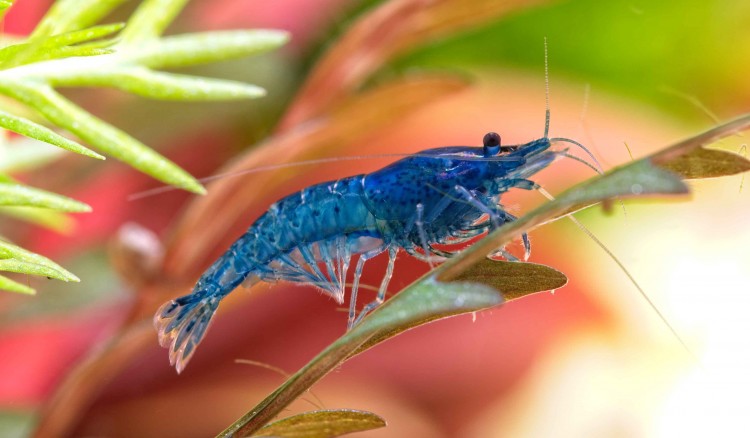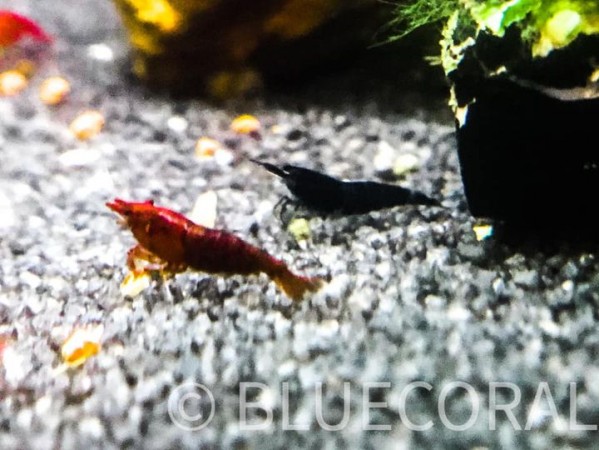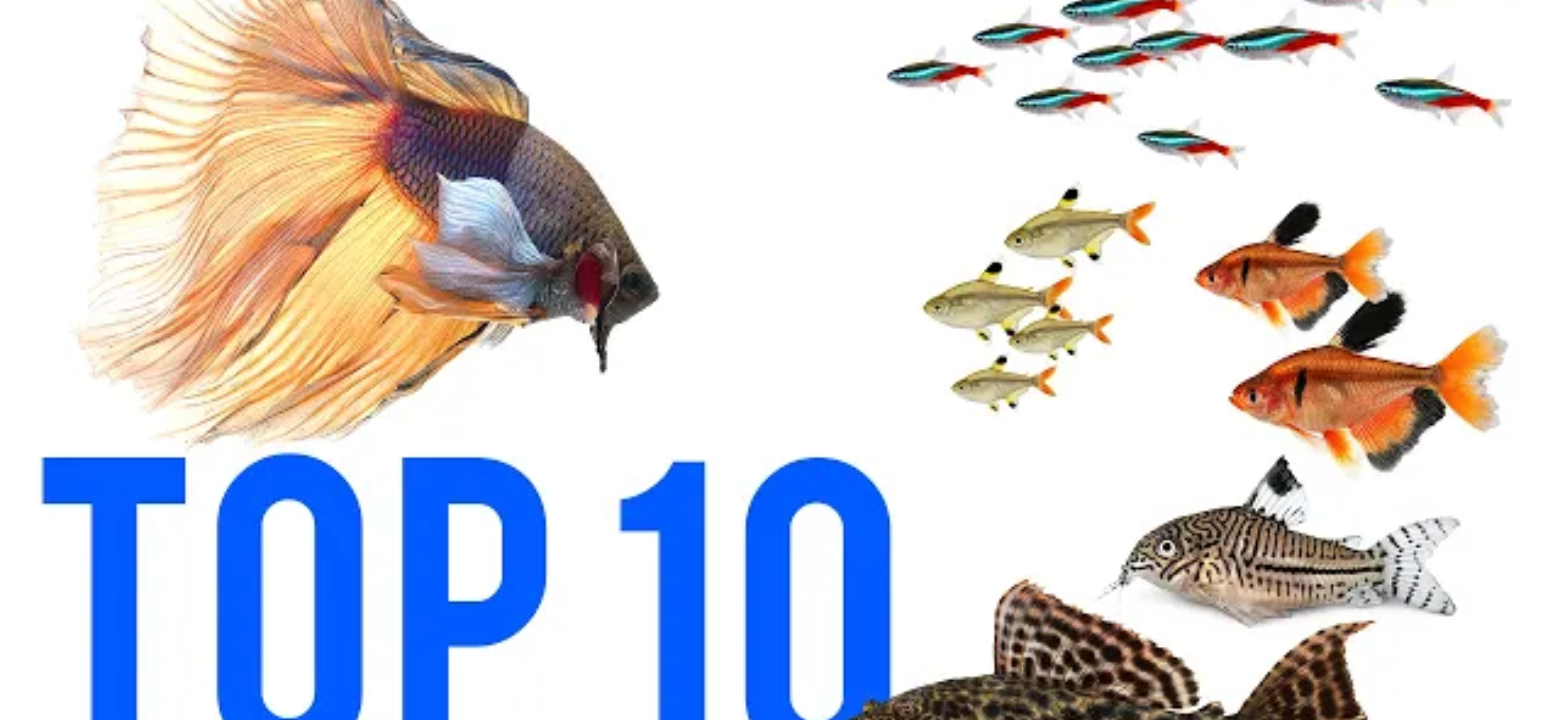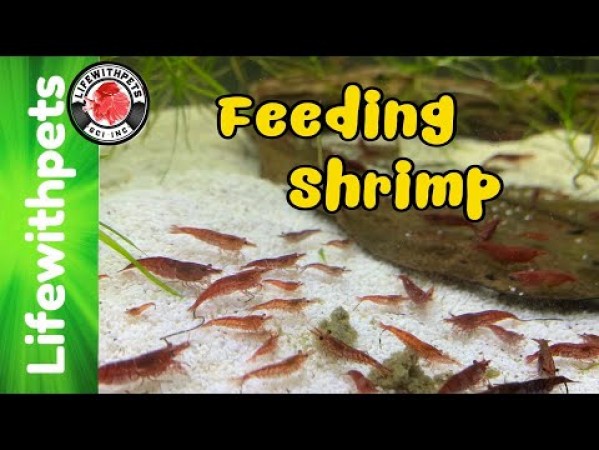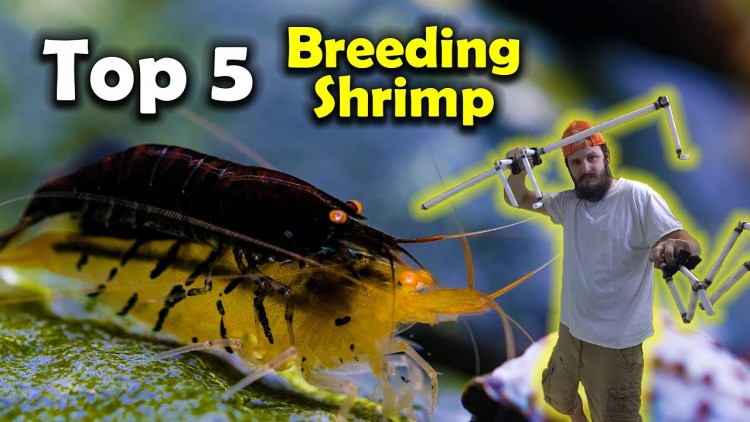- Name:
Blue Amano Shrimp
- Family: Atyidae
- Species: Shrimp
- Scientific Name: Caridina multidentata
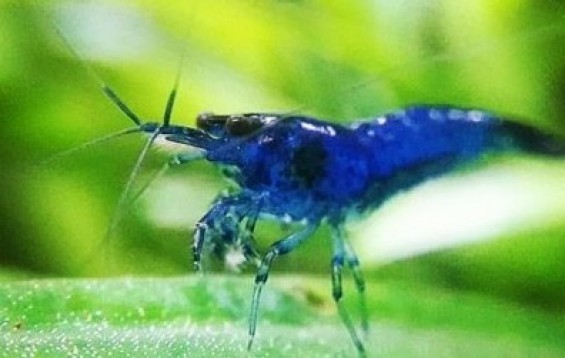

More Details
General info about Blue Amano Shrimp
Blue Amano shrimp are small freshwater crustaceans with a clear body with a blue-green or brown tinge. They have long, slender bodies with two antennae and two eyes situated on the top of their head. They have four pairs of legs, with the front two pairs having claws. The Blue Amano shrimp are native to rivers and streams in Southeast Asia, such as China, Japan, and Taiwan. They prefer to live in areas with slow-moving currents and ample vegetation.
Blue Amano Shrimp Diet & Nutrition
What Do Blue Amano Shrimp Eat?: Blue Amano shrimp are omnivorous and feed on a variety of food sources, such as algae, detritus, and small invertebrates. They are also known to scavenge for food and feed on decaying plant material. Feeding Tips: Blue Amano shrimp should be fed a variety of prepared foods, such as flakes, pellets, and frozen foods. They should also be provided with fresh vegetables, such as blanched spinach or zucchini, as a source of nutrients. Feeding should be done in small amounts, a few times a day, to avoid overfeeding.
Determining Sex of Blue Amano Shrimp
How to Tell if a Shrimp is Male or Female: To determine the sex of a Blue Amano shrimp, it is best to observe the shape of its body and tail, as well as to look for male-specific features, such as the presence of small white bumps on the abdomen. Male vs Female: Male Blue Amano shrimp have a more slender and elongated body shape, while female Blue Amano shrimp have a more plump and round body shape. Male Blue Amano shrimp also have a more pointed tail, while female Blue Amano shrimp have a more rounded tail.
Breeding & Spawning Blue Amano Shrimp
How to Breed Blue Amano Shrimp: In order to successfully breed Blue Amano shrimp, the aquarium must meet certain conditions, such as a stable pH, temperature, and water parameters. The water should also be well-oxygenated and aged for at least a week. The tank should also have plenty of hiding places and ample vegetation. Spawning and Hatching: Once the conditions are met, the male and female Blue Amano shrimp will form a pair and breed. The female will lay eggs, which the male will then fertilize. The eggs will hatch in around two weeks, and the larvae will then develop into fully-grown adults.
Common Diseases with Blue Amano Shrimp
The Blue Amano shrimp are susceptible to a variety of diseases, such as fin rot, bacterial infections, and parasites. Signs of Disease: Signs of disease in Blue Amano shrimp include discoloration of the body, loss of appetite, erratic swimming, lethargy, and visible parasites or spots on the body. If any of these signs are present, it is best to treat the aquarium with a suitable medication.
Blue Amano Shrimp Origin
The Blue Amano shrimp is native to rivers and streams in Southeast Asia, such as in China, Japan, and Taiwan. It was first discovered in Japan in the mid-20th century and was used as a natural form of pest control for aquariums. Natural Habitat: Blue Amano shrimp prefer to live in areas with slow-moving currents and ample vegetation. They are typically found near the bottom of the river or stream, where they can hide and forage for food.
Caution with Blue Amano Shrimp
Potential Problems with Blue Amano Shrimp: Blue Amano shrimp can be sensitive to changes in water parameters, such as pH and temperature. They can also be sensitive to medications and chemicals, so it is important to use caution when adding any products to the aquarium. To avoid any potential problems with Blue Amano shrimp, it is important to test the water regularly and to make sure that the aquarium is properly maintained. Make sure to use suitable medications and chemicals, and to acclimate any new shrimp slowly.
Acclimating Blue Amano Shrimp
When setting up an aquarium for Blue Amano shrimp, it is important to make sure the tank is properly cycled and the water parameters are within the suitable range. The tank should also have plenty of hiding places and vegetation, as well as a filter and heater. When acclimating Blue Amano shrimp to their new environment, it is important to do it slowly. New shrimp should be placed in a separate container with water from the aquarium, and then slowly mixed in with the tank water over a period of time.
Relevent Articles
Original Detail
| Name | Species | Family | Scientific Name | More Detail | Added by |
|---|---|---|---|---|---|
| Blue Amano Shrimp | Shrimp | Atyidae | Caridina multidentata | Blue Amano shrimp are small freshwater crustaceans with a clear body with a blue-green or brown tinge. They have long, slender bodies with two antennae and two eyes situated on the top of their head. They have four pairs of legs, with the front two pairs having claws. The Blue Amano shrimp are native to rivers and streams in Southeast Asia, such as China, Japan, and Taiwan. They prefer to live in areas with slow-moving currents and ample vegetation. | PalaciosAn |


